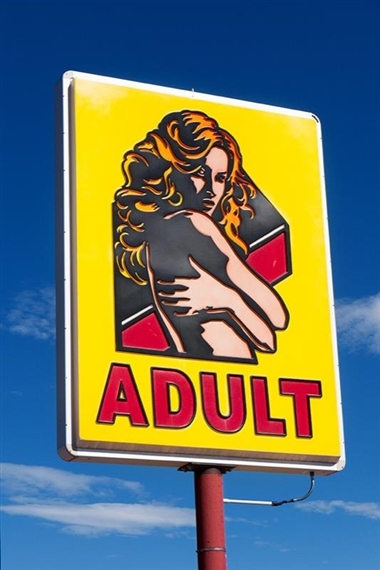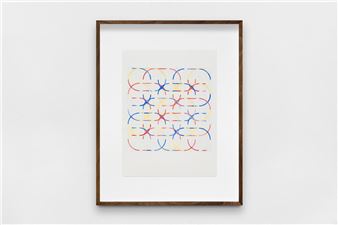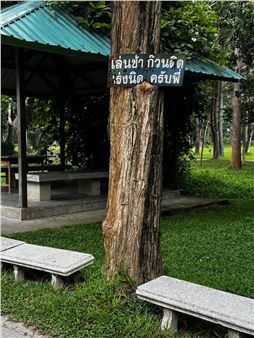Terry Richardson: The Sacred and The Profane
Galerie Perrotin, Paris is pleased to present the first solo exhibition of Terry Richardson at the gallery since 1999. "The Sacred and The Profane" presents a series of new photographs taken in the Western states of America over the past two years. This project was initially meant as a form of documentation of American summer rituals, including fairs, festivals and parades. Throughout his travels, Richardson soon became aware of a pervasive tension that simmered throughout the country between a mystical and religious omnipresence and the sex industry, becoming the focus of the series.
"On the one hand, violence, loneliness, and especially sex seemed to be everywhere, but never far away was the promise of salvation, the love of Jesus, and the fear of turning your back on God. I soon became much more
interested in the complicated relationship between desires and fears, beauty and vulgarity, the beauty of nature and also its ugliness, the hope that religion can offer and also the shame.
Ever since John Winthrop led a group of Puritan separatists away from the Church of England and into the New World, AmericaÔÇÖs relationship with purity and transgression has been fraught with anxiety. The Puritans believed that the sin of an individual was symptomatic of a blight within the entire society- they preached about living in a ÔÇÿcity upon a hillÔÇÖ- one which would be a model of Christian charity and righteousness, but whose sins would be seen by the world and by God. Winthrop borrowed the phrase from JesusÔÇÖ
Sermon on the Mount, in which Jesus cautioned his followers that ÔÇ£a city that is set on a hill cannot be hidden.ÔÇØ Transgressions in the early colonies were public affairs, with the guilty parties paraded in front of the town for all to see. Shame was a public experience- think of the fictional Hester Prynne, the famous adulteress, condemned to a life as a marked woman. Her sins, like those of so many others, are shoved in nose of society as both a warning and a teaching tool- church sermons and crime blotters alike laid out these transgressions to dramatic effect, titillating their audiences with glimpses of sin as a tool to enforce the social and religious order.

Recommended for you
Galerie Perrotin, Paris is pleased to present the first solo exhibition of Terry Richardson at the gallery since 1999. "The Sacred and The Profane" presents a series of new photographs taken in the Western states of America over the past two years. This project was initially meant as a form of documentation of American summer rituals, including fairs, festivals and parades. Throughout his travels, Richardson soon became aware of a pervasive tension that simmered throughout the country between a mystical and religious omnipresence and the sex industry, becoming the focus of the series.
"On the one hand, violence, loneliness, and especially sex seemed to be everywhere, but never far away was the promise of salvation, the love of Jesus, and the fear of turning your back on God. I soon became much more
interested in the complicated relationship between desires and fears, beauty and vulgarity, the beauty of nature and also its ugliness, the hope that religion can offer and also the shame.
Ever since John Winthrop led a group of Puritan separatists away from the Church of England and into the New World, AmericaÔÇÖs relationship with purity and transgression has been fraught with anxiety. The Puritans believed that the sin of an individual was symptomatic of a blight within the entire society- they preached about living in a ÔÇÿcity upon a hillÔÇÖ- one which would be a model of Christian charity and righteousness, but whose sins would be seen by the world and by God. Winthrop borrowed the phrase from JesusÔÇÖ
Sermon on the Mount, in which Jesus cautioned his followers that ÔÇ£a city that is set on a hill cannot be hidden.ÔÇØ Transgressions in the early colonies were public affairs, with the guilty parties paraded in front of the town for all to see. Shame was a public experience- think of the fictional Hester Prynne, the famous adulteress, condemned to a life as a marked woman. Her sins, like those of so many others, are shoved in nose of society as both a warning and a teaching tool- church sermons and crime blotters alike laid out these transgressions to dramatic effect, titillating their audiences with glimpses of sin as a tool to enforce the social and religious order.
Artists on show
Contact details


 ARTISTS
ARTISTS















